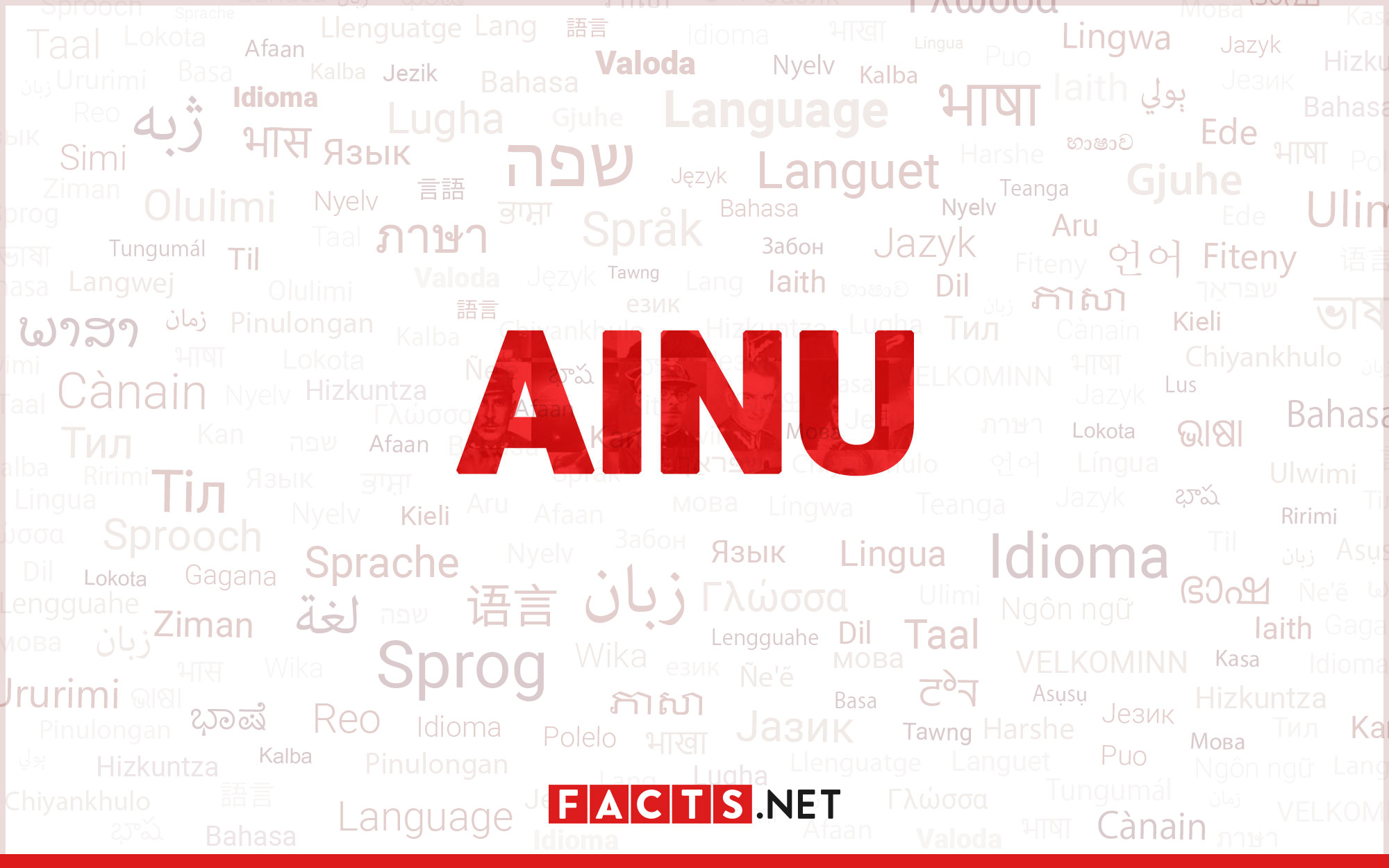
Key Takeaways:
- The Ainu people of Hokkaido, Japan, have a unique culture and language, with a deep spiritual connection to nature and a rich storytelling tradition.
- Despite facing discrimination and the endangerment of their language, the Ainu continue to preserve their rich cultural heritage, including intricate art, traditional cuisine, and unique tattooing practices.
The Ainu are the indigenous people of Hokkaido, Japan.
The Ainu are the native inhabitants of the northernmost island of Japan, Hokkaido. They have a distinct culture and language that sets them apart from the rest of the Japanese population.
The Ainu have a deep spiritual connection with nature.
The Ainu believe in Kamuy, which are gods or spirits that are present in every aspect of nature. They believe in the harmony between humans and nature, and their traditional ceremonies and rituals revolve around showing respect and gratitude to the natural world.
The Ainu language is considered endangered.
The Ainu language, known as Ainu Itak, is critically endangered, with only a handful of native speakers remaining. Efforts are being made to preserve and revive the language, but it faces significant challenges due to the lack of fluent speakers.
Ainu art is known for its intricate woodcarvings and distinctive patterns.
Ainu art is characterized by its intricate and detailed woodcarvings, which often depict animals, spirits, and scenes from nature. The patterns used in Ainu textiles and embroidery are also unique and visually striking.
The Ainu have a traditional tattooing practice called “marapto.”
The Ainu practice a form of tattooing called “marapto,” which involves using ink made from soot and water to create intricate designs on the skin. These tattoos were believed to protect individuals from evil spirits and were an important aspect of Ainu identity.
Ainu cuisine includes traditional dishes like “ikuryo,” fermented fish roe.
The Ainu have a rich culinary tradition that includes unique dishes like “ikuryo,” which is fermented fish roe. They also rely heavily on ingredients like wild game, mountain vegetables, and seafood in their traditional cuisine.
The Ainu faced discrimination and marginalization throughout history.
For centuries, the Ainu people faced discrimination and oppression at the hands of the Japanese government. Their land was taken away, and their cultural practices were suppressed. Today, efforts are being made to recognize and preserve Ainu culture and promote equality.
The Ainu have a rich storytelling tradition.
Storytelling plays a significant role in Ainu culture, with myths and legends passed down through generations. These stories often feature animals, nature, and supernatural beings, and serve as a way of transmitting cultural values and knowledge.
Conclusion
In conclusion, learning about the Ainu people is not only fascinating but also helps us understand the rich diversity of human history and culture. From their unique language and traditional lifestyle to their enduring spirit and resilience, the Ainu have left an indelible mark on the world. As we continue to explore and appreciate different cultures, let us remember the Ainu and their contributions to humanity. By embracing diversity and respecting the cultural heritage of indigenous communities like the Ainu, we can foster a more inclusive and harmonious world for future generations.
FAQs
Q: Who are the Ainu people?
Answer: The Ainu are an indigenous group native to Japan and Russia’s northern regions, primarily Hokkaido, Sakhalin, and the Kuril Islands.
Q: What is the Ainu language?
Answer: The Ainu language is a unique language isolate that is unrelated to any other language in the world. It is currently classified as critically endangered.
Q: What are some traditional Ainu practices?
Answer: Traditional Ainu practices include fishing, hunting, gathering, and crafting, such as wood carving and embroidery. They also have distinctive forms of music, dance, and storytelling.
Q: What are the key cultural symbols of the Ainu?
Answer: The Ainu have several cultural symbols, including the bear, owl, and orca. These animals hold great significance in Ainu mythology and are often depicted in their art and crafts.
Q: How has the Ainu culture been preserved?
Answer: The Ainu culture has been preserved through efforts such as cultural revitalization programs, museums, and the recognition of their rights as an indigenous people. However, challenges still remain in preserving their language and traditional practices.
Q: Are there any Ainu communities still thriving today?
Answer: Yes, there are Ainu communities that continue to thrive today, particularly in Hokkaido, where efforts are being made to ensure the preservation and celebration of Ainu culture.
Q: How can I learn more about the Ainu?
Answer: You can learn more about the Ainu by visiting Ainu cultural centers, museums, and exhibitions. There are also books, documentaries, and online resources available that provide insights into their history, culture, and current issues they face.
Q: What can we do to support the Ainu people?
Answer: Supporting the Ainu people can be done through promoting awareness and understanding of their culture, advocating for their rights, and supporting organizations that work towards preserving and revitalizing Ainu traditions.
Fascinated by unique cultures and traditions? Dive into the world of the Uighur, an ethnic group with a rich history and heritage. Explore indigenous rights through the lens of the Proclamation of 1763, a pivotal document that shaped colonial relations. Lastly, embark on a journey to Hokkaido, Japan's northernmost island, where breathtaking landscapes and vibrant communities await. Each article offers a captivating glimpse into the diverse tapestry of our world, inviting you to broaden your horizons and appreciate the beauty of different cultures.
Was this page helpful?
Our commitment to delivering trustworthy and engaging content is at the heart of what we do. Each fact on our site is contributed by real users like you, bringing a wealth of diverse insights and information. To ensure the highest standards of accuracy and reliability, our dedicated editors meticulously review each submission. This process guarantees that the facts we share are not only fascinating but also credible. Trust in our commitment to quality and authenticity as you explore and learn with us.
